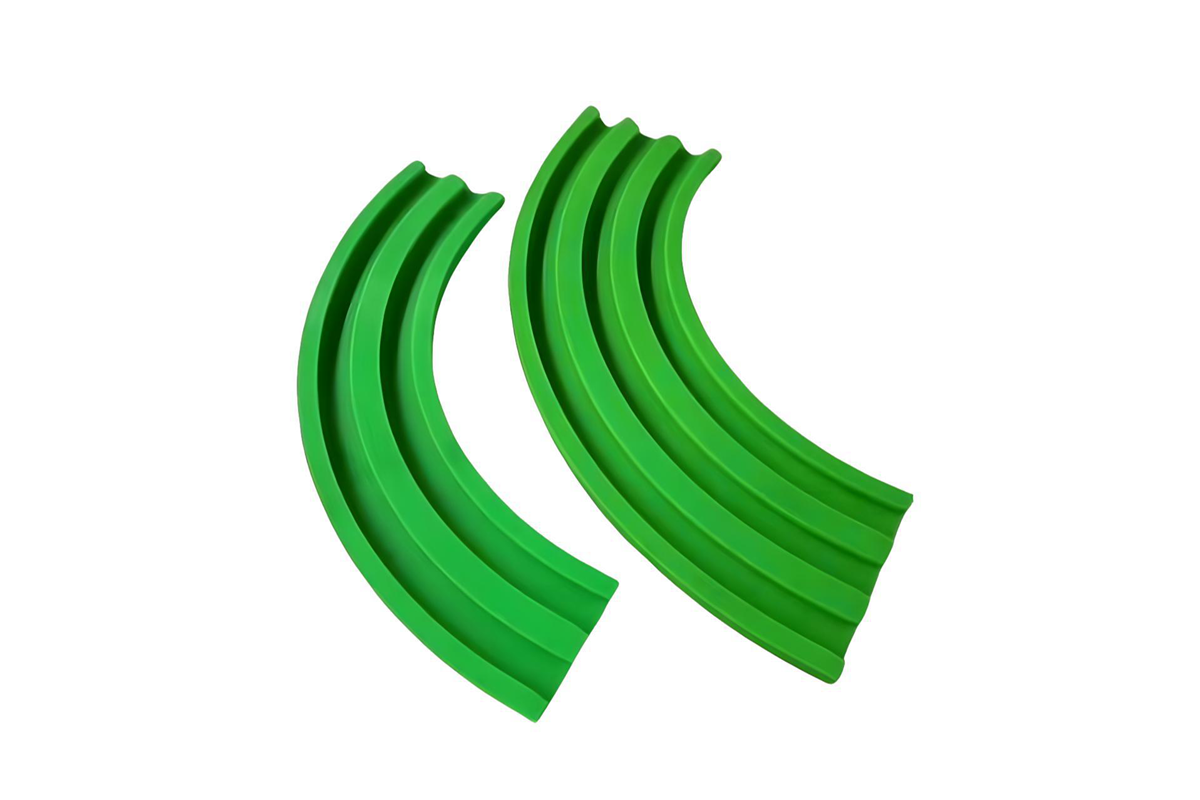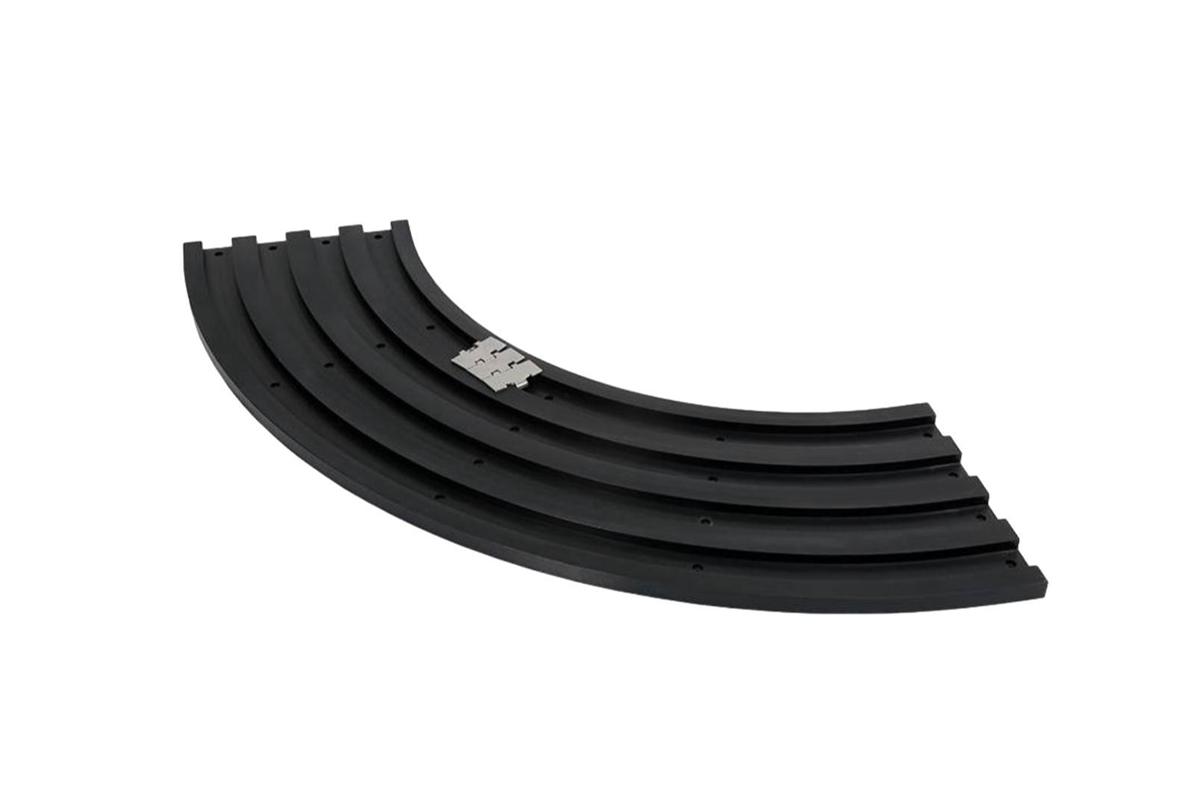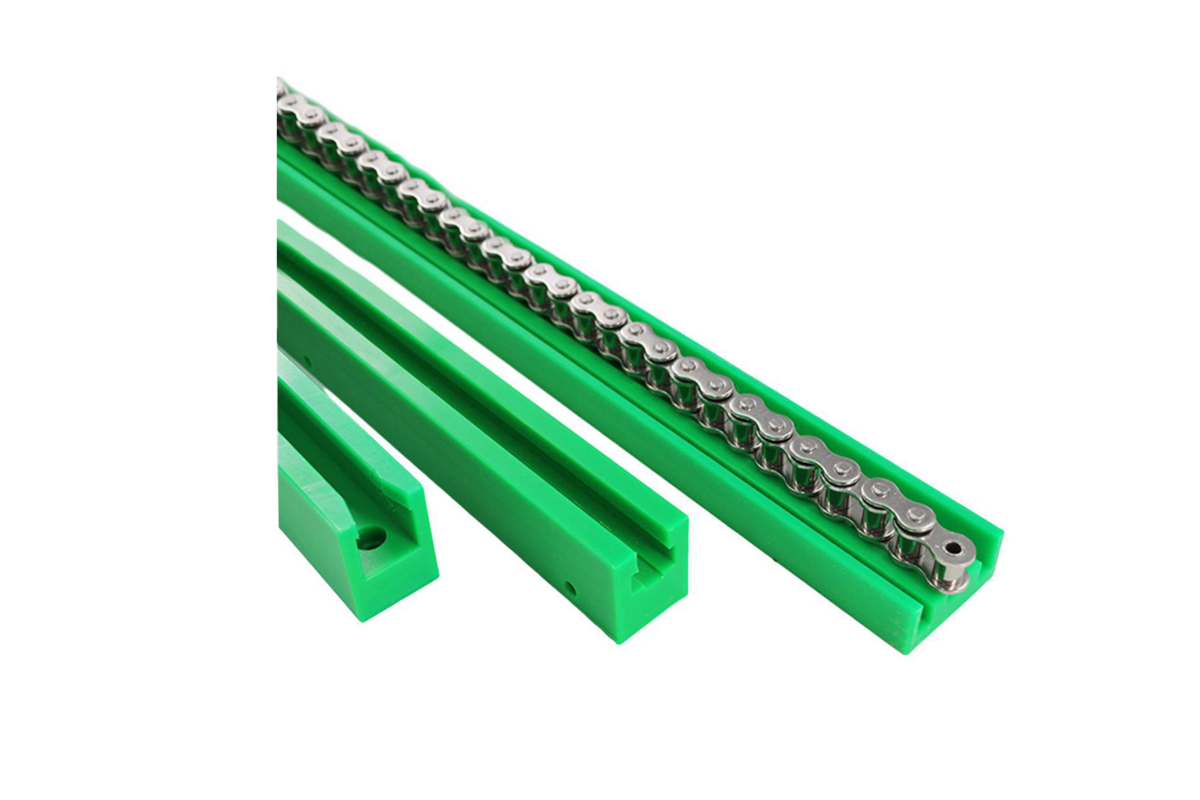Nylon in Medical Devices: High-Precision Guide Rails for Drug Delivery Systems
Project Introduction
This case study details developing and manufacturing nylon guide rails designed explicitly for medical drug delivery systems. These guide rails play a crucial role in the precise and reliable dispensation of medications, vital for treatments that require exact dosing and timing. The project was initiated to leverage the advantageous properties of Nylon—its strength, flexibility, and biocompatibility—to enhance the functionality and safety of drug delivery devices.
It meets the rigorous standards of medical device production and improves the efficiency and accuracy of drug delivery mechanisms. Given the critical nature of these systems in patient care, the guide rails needed to be manufactured with utmost precision and attention to detail, ensuring they operate flawlessly within the complex mechanics of drug delivery devices. This initiative represents a significant step forward in combining advanced material science with innovative manufacturing techniques to meet the evolving needs of the healthcare sector.
Manufacturing Methods
Material Selection: Nylon was chosen for the guide rails due to its excellent mechanical properties, including high strength, flexibility, and resistance to wear and chemicals, which are essential for the demanding environments of medical drug delivery systems. Nylon's biocompatibility makes it suitable for medical applications where direct or indirect contact with patients is possible.
Injection Molding Process: The primary manufacturing technique employed for the Nylon guide rails is injection molding. This process involves melting Nylon pellets and injecting them under high pressure into precision-engineered molds. Injection molding was selected because it allows for high-volume production while maintaining consistent quality and complex geometrical precision, which is critical for the intricate designs of guide rails.
Mold Design and Tooling: Special attention was given to the design of the molds, with a focus on achieving the tight tolerances required for medical devices. Advanced CAD software was used to simulate the injection molding process, ensuring that the molds would produce components free of defects such as warping or internal stresses. Tooling was customized to facilitate easy removal of the guide rails from the molds without damaging the delicate features.
Quality Control in Production: During manufacturing, stringent quality control measures were implemented to ensure that each batch of guide rails met the necessary specifications. It included regular inspections and precision measuring equipment to monitor critical dimensions and structural integrity. Any deviations from the standard were addressed immediately, ensuring consistent performance of the guide rails in their respective applications.
Challenges
Injection Molding Challenges: The injection molding of Nylon guide rails presents several challenges, primarily related to material behavior and process parameters. Nylon's hygroscopic nature means it absorbs moisture from the air, which can affect the melting behavior and viscosity of the material during molding. Achieving consistent melt flow is crucial to ensure the finished parts have uniform mechanical properties and dimensions. Additionally, the high injection pressures and temperatures required to mold Nylon can lead to issues like flashing, short shots, and burn marks, complicating the production process.

Mold Design and Tooling Challenges: Designing molds to manufacture precision medical components like Nylon guide rails requires high accuracy. The molds must accommodate the complex geometries of the guide rails and maintain tight tolerances critical for the functionality of medical drug delivery systems. Thermal expansion of the molds and the Nylon material during the injection process must be carefully calculated to prevent defects in the final product. Moreover, the wear and tear on the molds due to the abrasive nature of Nylon can lead to a decrease in mold life and affect the quality of the produced parts.
Quality Control Challenges: Maintaining stringent quality control in producing medical components is essential but challenging. The minor imperfections in a guide rail can lead to failure in drug delivery applications, which can have profound implications for patient safety. Ensuring consistent quality across high-volume production runs requires sophisticated inspection techniques and equipment. The variability in material properties, environmental conditions, and machine performance complicates the quality assurance process.
Solutions
Injection Molding Solutions: To overcome the challenges associated with the injection molding of Nylon, we implemented advanced drying systems to reduce moisture content in the Nylon pellets before processing. It ensures consistent melt and flow characteristics, reducing defects like splay and voids in the final product. Additionally, we optimized the injection molding parameters, such as temperature, pressure, and cooling time, through trial runs and real-time monitoring systems. It allowed for more precise control over molding, minimizing common defects like flashing and short shots.
Mold Design and Tooling Solutions: Addressing the complexities of mold design and tooling, we utilized high-grade tool steel and advanced coating technologies to enhance the durability and longevity of the molds. Computer-aided design (CAD) and computer-aided engineering (CAE) were extensively used to simulate the injection process and optimize the mold design, ensuring that the molds could accurately produce the intricate geometries of the guide rails without compromising quality. We also implemented modular mold designs that allow quick and cost-effective replacements of worn-out components, thus maintaining high production standards without extensive downtime.
Quality Control Solutions: We adopted automated and manual inspection processes to ensure top-tier quality control. High-resolution cameras and laser scanning systems were integrated into the production line to perform real-time, non-destructive testing of each guide rail as it comes out of the mold. This system immediately flags any deviations from the design specifications, allowing for rapid adjustments. Statistical process control (SPC) tools were also employed to monitor production data and detect trends that could lead to quality issues, enabling proactive manufacturing process management.

Results
Enhanced Product Quality and Consistency: Implementing advanced drying systems and optimized molding parameters significantly improved the quality of the Nylon guide rails. The occurrence of defects such as moisture-related splay, warping, and dimensional inaccuracies was drastically reduced. This increase in quality ensured that each guide rail consistently met the strict specifications required for medical applications.
Increased Mold Durability and Production Efficiency: Using high-grade tool steel and protective coatings on the molds increased their lifespan and resistance to wear. Modular mold design also allowed for quicker component replacement, which reduced downtime and maintenance costs. These mold design and tooling improvements contributed to a smoother, more efficient production process, enabling higher throughput without sacrificing quality.
Robust Quality Control System: Integrating automated inspection systems and applying statistical process control extensively enhanced our quality assurance capabilities. Real-time monitoring and data analysis helped maintain production standards and quickly address deviations. This robust quality control system minimized waste by catching defects early. It ensured that the final products reliably met the rigorous demands of medical drug delivery systems.
Positive Feedback from the Medical Industry: The improved quality and reliability of the Nylon guide rails were well-received by clients in the medical industry. Feedback highlighted that the enhanced performance and reliability of the guide rails significantly improved the functionality and safety of their drug delivery systems. This success has helped solidify our company’s reputation as a leader in manufacturing precision components for medical applications.
Overall, the results of this project demonstrated a marked improvement in all aspects of the manufacturing process for Nylon guide rails, from production efficiency and mold longevity to product quality and client satisfaction. These achievements underscore the effectiveness of the solutions implemented to overcome the challenges of producing high-stakes medical device components.

